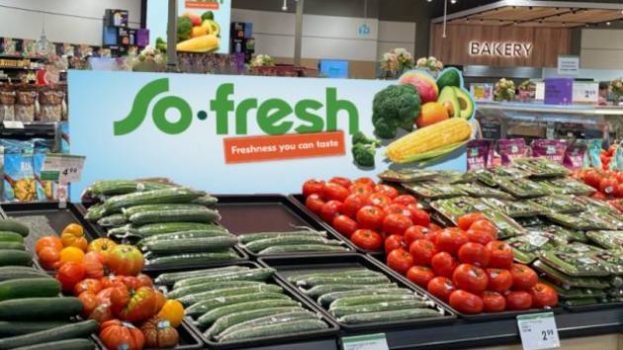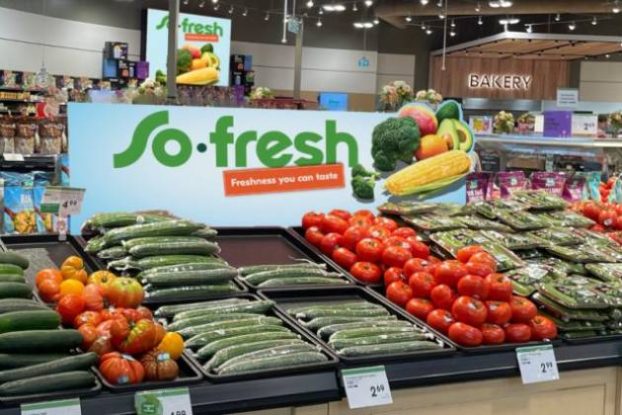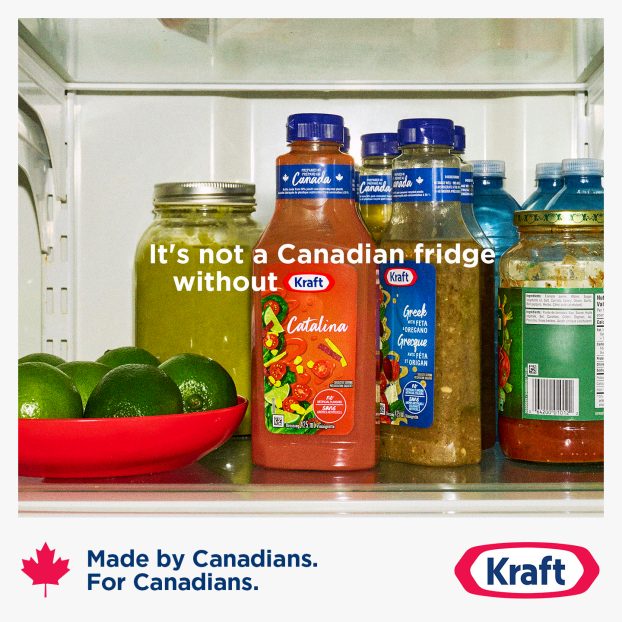Stewart Samuel is program director at IGD Canada, a food and consumer goods research organization that delivers commercial insights for grocery retailers. We spoke with him about grocery retail trends, from in-store technology to new designs to changing roles for cashiers and brands.
Is a contact-less store all but guaranteed for convenience and grocery? Or will a hybrid model, continue to dominate for the foreseeable future?
We expect to see more cashierless stores being opened globally, with most of these focused in the convenience channel and other venues where speed of service is important. This includes airports, sporting venues and events. But increasingly shoppers will be offered options, so most of the stores will be hybrid – customers will be able to shop them using the new technologies, or as they would in a conventional store with a standard or self-checkout.
You’ve said suppliers need to prepare for a “zero-merchandise environment at the front of store.” What are the implications for rolling out traditional shopper programs near high traffic areas?
Suppliers will need to look at impulse opportunities beyond the traditional checkout area. Right now, this is an important source of sales and profits. But as store design gets rethought and more shoppers bypass this part of the store, companies will have to consider how they can drive impulse in-store.
Some of this will be technology driven, such as in-the-moment app-powered recommendations, or the use of smart shopping carts providing suggestions as related products are put into the cart. Other retailers have been testing snacking zones in their stores, bringing all the products usually featured at the checkout into a convenient front of store destination.
When will we see more technology incorporated into shopper marketing and POS assets?
We are still several years away from this, although there are many test concepts globally that are using digital header boards and bus stops. As retailers build out their digital media programs, the use of digital screens in-store can also be part of the revenue mix.
Walmart recently redesigned its stores to be more spacious. Do you see that coming to pure-play grocers too, as the online delivery trend continues?
Stores will change, and potentially that change will become quicker. We’ve identified five themes that will shape stores of the future, including being more exciting and experiential, digitally enabled, highly efficient, omnichannel native and naturally sustainable. More stores will reflect some or all of these themes, depending on the format and catchment. In reality, supermarkets have not changed very much over the last 20 years, but the scale and pace of digitization, the growth of ecommerce and the margin pressures operators are facing will drive faster change.
When will we see retailers incorporating the circular economy into their floorplans? Or will refilling bottles of Tide be taking place as more of a subscription/delivery model?
We’ve seen several of these concepts launch globally, with many stores featuring over 70 different items in refillable solutions. Most of these have been outside Canada, apart from Loblaw which has partnered with Loop, a global reuse platform. Part of the reason is that bulk foods have been sold in this format for over 30 years. The same setup has not existed in Europe, for example. This has led to more innovation in some markets, including refillable liquids such as detergents, soaps and shampoos.
Is there an “ideal” grocery store footprint for newly created stores? Are the days of big, sprawling, suburban locations a thing of the past, or will they be revitalized as fulfillment centres for online orders?
In Canada, there is very little appetite for larger store developments, outside of areas of new population growth. The main focus with hypermarkets and supermarkets is to right-size them, including using space in new ways. This could include fulfillment or bringing in new services, such as food-to-go or healthcare services. There is still opportunity with discount and convenience stores, but what we should watch for is more digital-based competitors emerging, given the relatively lower barriers to entry.
What do grocers that revamped layouts/product selections to accommodate on-the-go office workers do when these are far fewer in number?
There is a major challenge for retailers in urban centres where they have developed formats to meet the lunchtime and dinner time needs of shoppers. More workers are drifting back into cities, but it is a slow process and will unlikely reach pre-pandemic levels. For many operators there will be a need to adjust their solutions, with a focus on more pre-pack and take home. Offering easy dinner options is a big opportunity in the current environment, where restaurant price increases are running ahead of grocery price increases. This is where a strong value proposition will resonate with consumers.
























